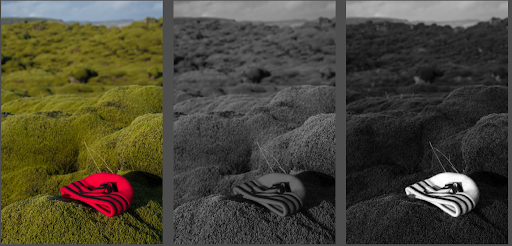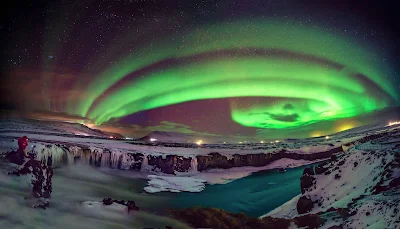- Viewer Mail
- The Usual Announcements
- Personal Appearances
- Next Time in Cameracraft
Wednesday, August 28, 2024
Photographing the Northern lights
Thursday, August 1, 2024
Why I Don't Recommend the Leica Monochrom Cameras
Also in This Issue
- Photography Isn't Art
- Announcements of Upcoming Events (Seminars, Safari, Cameracraft Magazine)
- My New Competition
- Live Streaming with the Sony A7 IV
- Geeking with Gary (google URL shortener depreciation)
Let's get right to it then, shall we?
Why I Don't Recommend the Leica Monochrom Cameras
One of the attendees of the Plymouth seminar in April had one of Leica's B&W Monochrom(e) cameras, which promised much higher image quality because there was no RGB layer on top of the sensor, completely eliminating the need for the demosiacing step that adds color to the image. He was very proud of his acquisition. During the seminar I explained why I would never recommend one (and would never use one myself). Sure, it takes you back to the days of shooting B&W film, and sure, the promise of better quality images is quite appealing (even if it's only a theoretical advantage), but ultimately you give up a lot of control over how your final image is rendered.
Then I showed the attendees some examples of what you can get if you start with a color image and use Photoshop's Channel Mixer to control how individual colors get rendered to specific shades of grey (click on any image to view larger and sharper):
 |
| Normally green and red will render as the same shade of grey when shot in B&W mode; using Photoshop's Channel Mixer lets you dictate how certain colors will translate to which shade of grey. |



